“What about the communication with the audience?” asked violinist and impresario Bjarte Eike in his First Person piece for theartsdesk. “How can a 'normal' concert be turned into a special event?” Explaining how is one thing – but doing it to dazzle our senses is what counts. Though the Alehouse Session which followed out in the foyer was brilliant business more or less as usual, “Purcell’s Playhouse” took us further on the road of making the old absolutely new.
The cue for our entertainment surely came from great Henry himself, purveyor of theatre music for curious hybrids as well as odes and instrumental masterpieces, but only one work we’d strictly call an opera. Dido and Aeneas. To the Overture from The Old Batchelor, our players strutted on and promenaded – even cellist Judith-Maria Blomsterberg, whose instrument never touched the ground. Hail, too, or welcome back, to consummate jack-of-all-trades Steven Player (pictured below at the later Alehouse Session), whose superb movements incorporate flamenco and Irish dancing (but the arms fly while body and head are kept still).  For some reason the South Bank hadn’t supplied the proffered programme details, which simply meant that Eike had to work harder – which with him always seems charming and effortless – on telling us what we’d heard or were going to hear (pictured below). Spotlight next on the very special guest, Mary Bevan. It was already good to see Blomsterberg and Naomi Burell among the players; the Alehouse sessions proper tend to be very blokey affairs. And now we had a performer fully in tune with the communicative spirit of the team.
For some reason the South Bank hadn’t supplied the proffered programme details, which simply meant that Eike had to work harder – which with him always seems charming and effortless – on telling us what we’d heard or were going to hear (pictured below). Spotlight next on the very special guest, Mary Bevan. It was already good to see Blomsterberg and Naomi Burell among the players; the Alehouse sessions proper tend to be very blokey affairs. And now we had a performer fully in tune with the communicative spirit of the team.
The big solo scena, Bevan in partnership with harpsichordist Hans Knut Sveen, was the very dramatic, freewheeling character-study “Mad Bess”, complete with scene-setting where the soprano quickly won her laurels ad-libbing to a clatter from below stage right. Then she integrated perfectly with the big sequence at the heart of the programme – no less than 10 Purcell pieces of all shapes, and speeds, the element of improvisation and Helge Andreas Norbakken’s percussion fitting perfectly into the context. As there were a fair number of chaconnes, where a line constantly repeats with various ideas above it, it was absolutely natural for double-bass Johannes Lundberg to inject what felt like a laid-back jazz vibe. 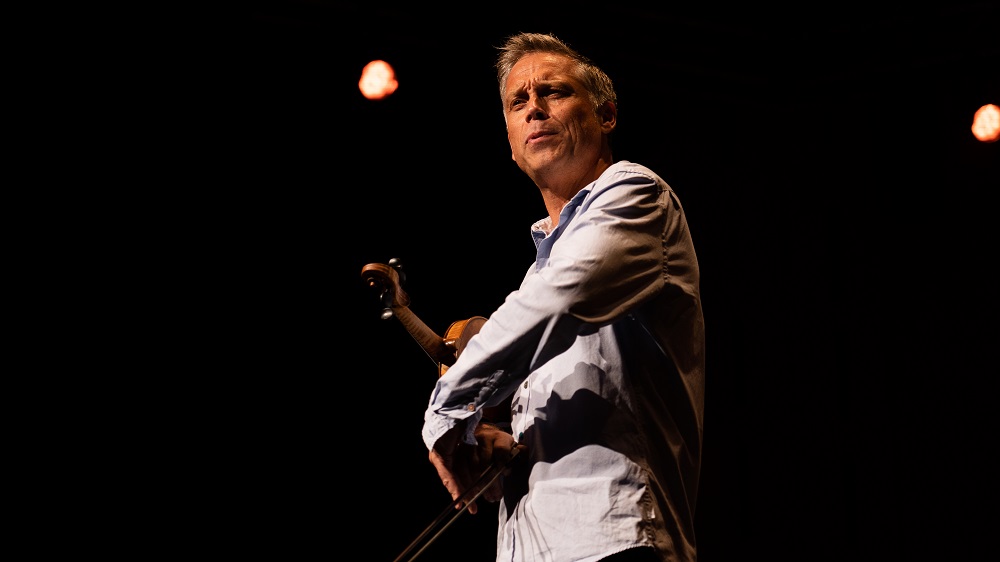 Just once, with the pack rounding as malign fairies and hobgoblins on the soprano, the theatricality verged on the overdone, but mostly it was a delight. For the Fantasia a4, Eike and viola-player Per Buhre (adaptable as counter-tenor) came from the back of the hall to join their two colleagues on stage – a magical effect. Likewise Bevan’s exquisite poise in An Evening Hymn, ending in a sleep stalked by another singer and Alehouse regular, Thomas Guthrie, in “Hush no more” from The Fairy Queen. Magical chorus – these instrumentalists do vocals to perfection, too – then exeunt omnes, fingers to lips.
Just once, with the pack rounding as malign fairies and hobgoblins on the soprano, the theatricality verged on the overdone, but mostly it was a delight. For the Fantasia a4, Eike and viola-player Per Buhre (adaptable as counter-tenor) came from the back of the hall to join their two colleagues on stage – a magical effect. Likewise Bevan’s exquisite poise in An Evening Hymn, ending in a sleep stalked by another singer and Alehouse regular, Thomas Guthrie, in “Hush no more” from The Fairy Queen. Magical chorus – these instrumentalists do vocals to perfection, too – then exeunt omnes, fingers to lips.
There had to be a rollicking encore, though, and Eike told us they’d knocked this one together the night before. The Sailors and Witches in Dido are usually something of an irritant, so why not go way over the top for laughs? They did, and the audience loved it. Then to the Alehouse in the foyer, and familiar, always welcome business from the blokes. The one thing I don’t go happily along with is Guthrie’s slightly uneasy style – the talent doesn't seem to me quite equal to the rest – so when he started up his sea shanty shtick past 11pm, it was time to make a discreet exit. This is probably the only time when I’d say that the Alehouse felt like an optional extra, Purcell’s Playhouse having served up such a perfect banquet. But for those experiencing the unique formula for the first time, it would have been just as welcome.









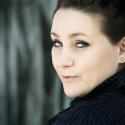

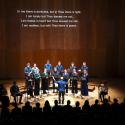
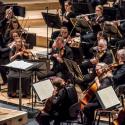
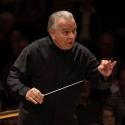
Add comment